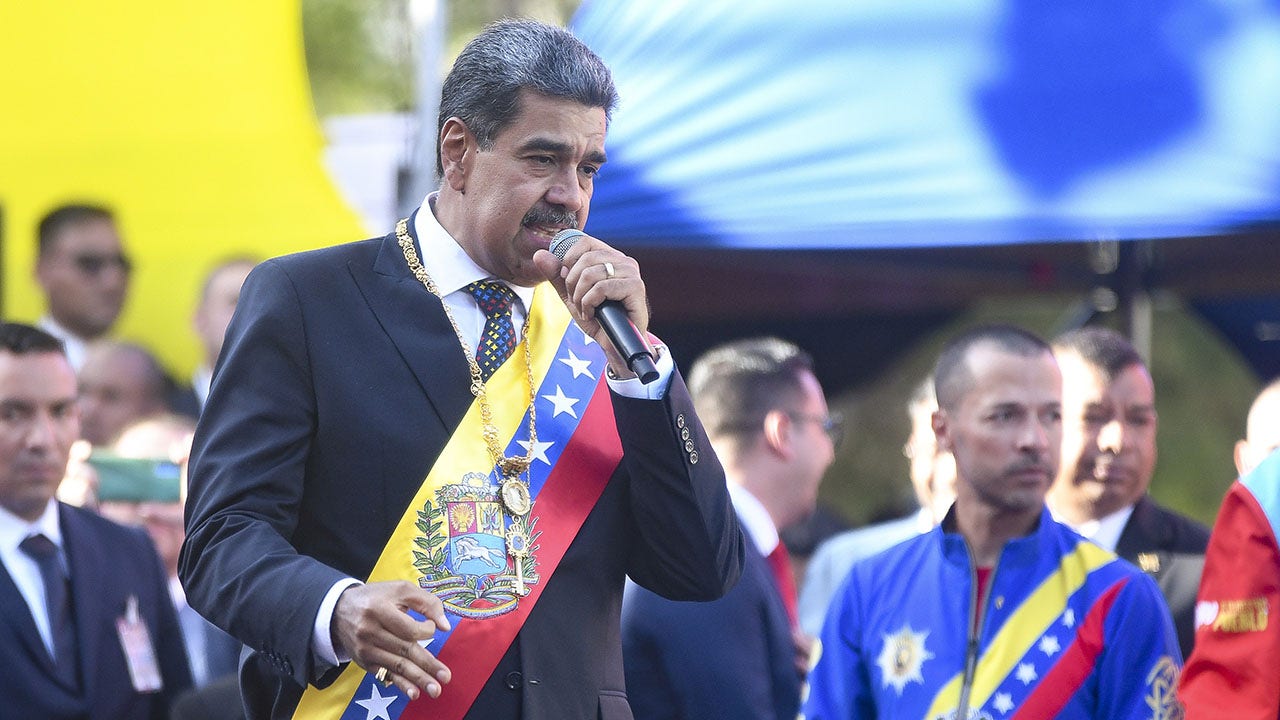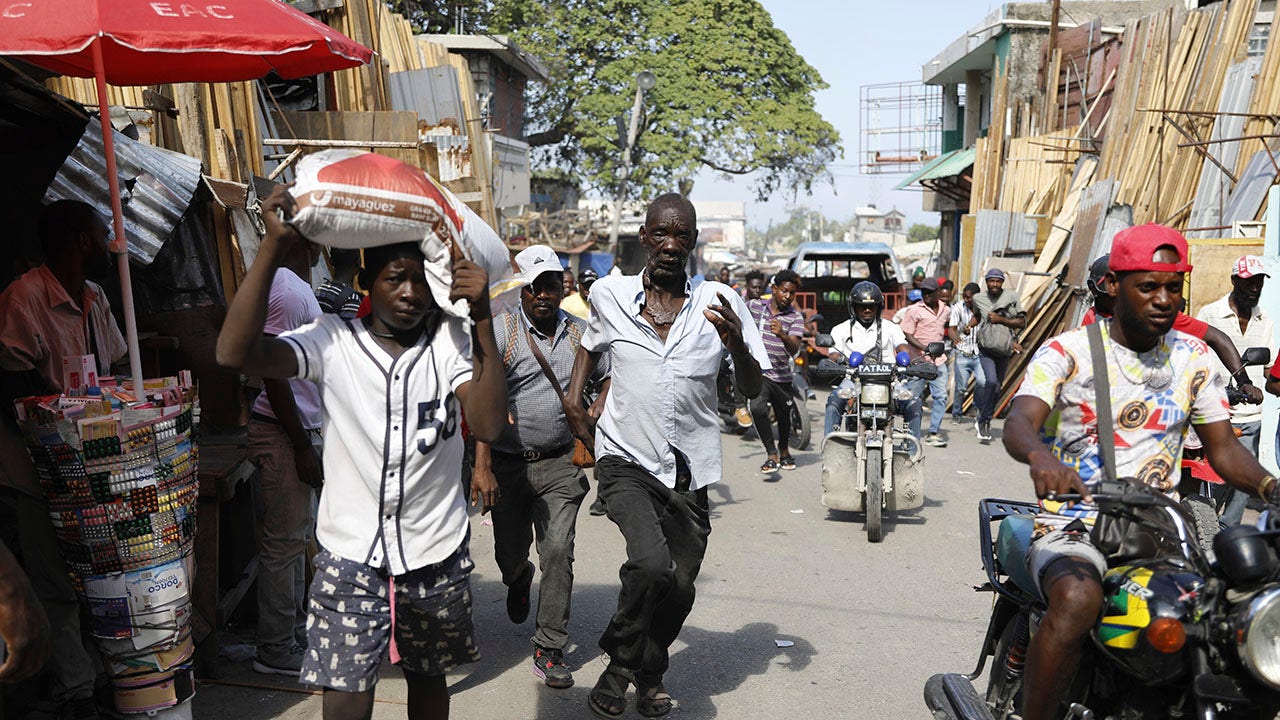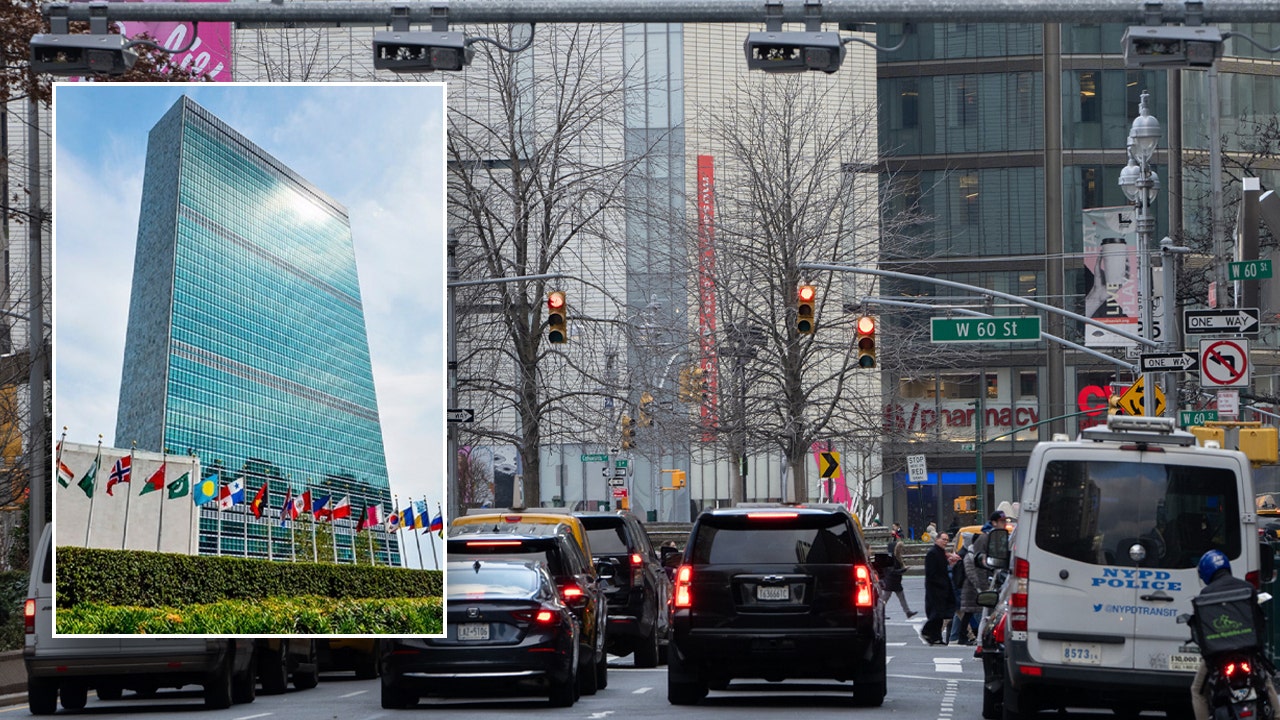Shopping
Starbucks says people using its coffee shops must buy something

Starbucks has said that people using its coffee shops in North America need to buy something, U-turning on a policy that allowed anyone to use its toilets even if they had not made a purchase.
The world’s biggest coffee chain this week published a new code of conduct to be displayed in every US and Canadian shop saying “Starbucks spaces are for use by our partners and customers – this includes our cafes, patios and restrooms”.
Starbucks said it was making the changes because “we want everyone to feel welcome and comfortable in our stores”.
The policy of allowing people to use Starbucks toilets without making a purchase was introduced in 2018 after the arrest of two black men in a branch in Philadelphia, Pennsylvania.
Starbucks was accused by the city’s mayor of actions that appeared to “exemplify what racial discrimination looks like in 2018”. The company temporarily closed all of its stores to conduct racial sensitivity training.
The new policy is being introduced as Brian Niccol, the chief executive since September, tries to turn around its performance. The company, which has 36,000 outlets in 84 countries, in October reported falling global sales and profits, and promised to cut down its “overly complex menu” to try to attract customers back with more affordable drinks.
Staff will receive three hours of training before the policy takes effect from 27 January at its more than 11,000 North American stores.
Customers may also use the toilets or log on to Starbucks internet before making their purchase. The Wall Street Journal first reported the change in the rules, which does not affect UK coffee shops.
Howard Schulz, the former chief executive who built Starbucks into a global brand, had argued in 2022 that having open toilets was presenting safety issues.
The new code of conduct also said that there should be “no misuse or disruption of our spaces”, no harassment or threatening language, no consumption of alcohol brought from elsewhere, and no smoking, vaping or begging.
Starbucks’ change of heart around free access to toilets for non-customers is likely to be seen as a blow for disabled people and others such as pregnant women, who often have to rely on toilets provided by private businesses when shopping.
However, Niccol said in October that he wanted to create “that community house experience where people want to be in Starbucks, spend time in Starbucks”, as part of its growth plans.
after newsletter promotion
The company is about to extend free refills of hot or iced coffee to all customers who buy a drink. Customers tend to buy more if they stay longer.
Growing sales will be crucial for Niccol in justifying his appointment as chief executivewith one of the largest welcome pay packages in corporate history. His pay could be worth up to $113m (£93m), after he agreed to leave his job as chief executive of the restaurant chain Chipotle.
Niccol also fuelled controversy by agreeing a deal to commute from his home in Newport Beach, California, to its headquarters in Seattle on a private jet, with significant associated carbon emissions, instead of relocating. Starbucks has said it wants to halve its carbon emissions by 2030, compared with 2019.
The company under Niccol is negotiating with workers who are trying to gain recognition for a union. Starbucks is strongly resisting the workers’ demands, and talks have broken down, with Niccol’s pay a central issue.
A Starbucks spokesperson said: “Implementing a coffeehouse code of conduct is something most retailers already have and is a practical step that helps us prioritise our paying customers who want to sit and enjoy our cafes or need to use the restroom during their visit. This means our cafes, patios, and restrooms are for customers and partners.
“By setting clear expectations for behaviour and use of our spaces, we can create a better environment for everyone. These updates are part of a broader set of changes we are making to enhance the cafe experience as we work to get back to Starbucks.”







